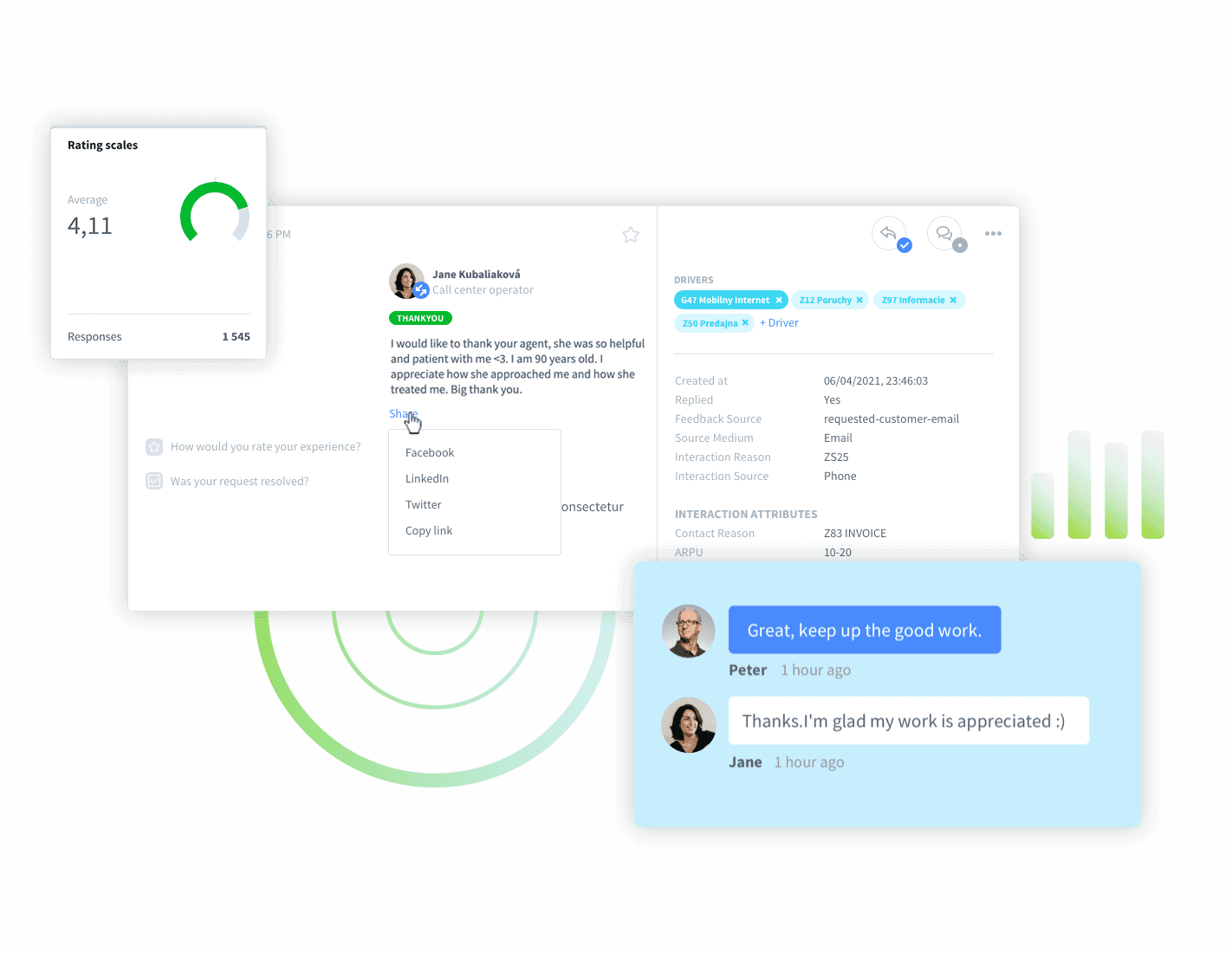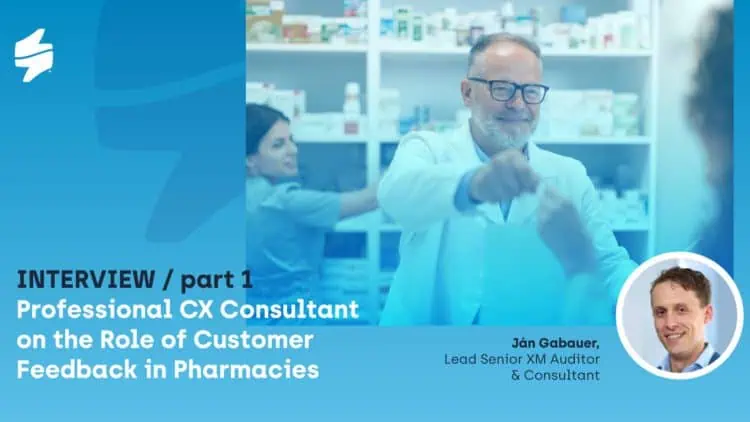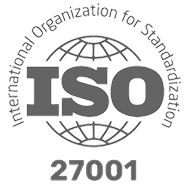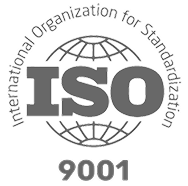In today’s competitive market, businesses are shifting from simply acquiring customers to ensuring their long-term success and retention. This is where customer success operations (CS ops) come into play. A well-structured customer success organisation helps businesses proactively manage customer relationships, optimise experiences, and drive revenue growth.
But what exactly are customer success operations, and how do they differ from customer experience (CX)? In this guide, we’ll break down the role of CS ops, how it fits into business strategy and best practices for building an efficient customer ops framework.

What Are Customer Success Operations?
Customer success operations are the backbone of a customer success organization, ensuring that CS teams have the right processes, tools, and data to support and retain customers effectively.
While frontline customer success managers (CSMs) focus on direct client engagement, CS ops work behind the scenes to streamline workflows, improve data-driven decision-making, and enhance overall efficiency.
A customer success operations manager is responsible for:
- Optimising workflows and processes to improve efficiency in customer interactions
- Implementing and managing customer success tools, such as CRM platforms and automation software
- Analysing customer health metrics to predict churn and drive proactive engagement strategies
- Aligning CS operations with other departments like sales, product, and marketing
- Enhancing employee engagement by ensuring CSMs have the resources they need to succeed

Increase Employee Engagement with Staffino
Gain valuable insights into your team's motivation, morale, and satisfaction! Our EX surveys provide you with the data you need to take the right steps to increase employee engagement and productivity.
Is Customer Success the Same as CX?
A common question is: “Customer success vs customer experience—what’s the difference?” While these functions overlap, they serve distinct purposes:
- Customer Experience (CX) focuses on the entire customer journey, from awareness to post-purchase interactions. It aims to improve every touchpoint to ensure customer satisfaction.
- Customer Success (CS) is more proactive and relationship-driven, ensuring that customers achieve their desired outcomes with a product or service.
In short, customer experience vs customer success comes down to scope: CX is about perception, while CS is about results.
Both are crucial for long-term customer retention, but CS ops ensure that the customer success team operates efficiently and effectively.

Why Are Customer Success Operations Important?
An effective CS operations framework benefits businesses in several ways:
1. Increases Customer Retention
By analysing customer health scores, CS ops helps identify at-risk accounts before they churn.

Retain Customers and Increase Profits!
Make sure your customer relationships don't slip away with Staffino's Retention Case Monitoring. This easy-to-use tool gives you the power to maximise customer retention and boost loyalty.
2. Optimises Internal Efficiency
Automating repetitive tasks allows CSMs to focus on high-value interactions.
3. Enhances Customer Engagement
With better insights, teams can provide personalised experiences, increasing customer loyalty.

4. Drives Revenue Growth
Satisfied customers are more likely to renew contracts, expand usage, and refer others.
Core Components of Customer Success Operations
1. Data-Driven Customer Success Strategy
CS Ops teams rely heavily on data to predict customer needs and optimise engagement strategies. Key metrics tracked by CS operations include:
- Customer Health Score – A composite score based on usage, engagement, and support interactions
- Net Promoter Score (NPS) – Measures customer loyalty and satisfaction
- Customer Churn Rate – Tracks the percentage of customers leaving over a specific period
- Expansion revenue – Revenue generated from upsells, cross-sells, and renewals

For example, if customer health scores drop, CS ops can flag accounts that need immediate attention and automate alerts for CSMs to intervene before it’s too late.
2. Automating Customer Success Workflows
A customer success operations manager implements automation tools to eliminate manual tasks and improve scalability. Common automation includes:
- Onboarding sequences – Automated welcome emails, tutorial videos, and guided product walkthroughs
- Customer check-ins – Scheduled touchpoints based on customer lifecycle stages
- Renewal reminders – Automatic notifications before contract expiration
- Proactive support alerts – Triggers for CSMs when customers show signs of disengagement
For instance, if a SaaS company notices that users aren’t logging in after the first week, CS ops can set up automated engagement emails to guide them back into the platform.
3. Integrating Customer Success Tools
A robust CS operations strategy requires the right technology stack. Popular customer success management platforms include:

- Staffino – Real-time tracking of customer satisfaction and retention
- Gainsight – AI-powered customer success analytics and automation
- HubSpot – CRM with built-in customer success tracking
- Salesforce Customer Success Cloud – End-to-end customer journey management
Example: A subscription-based business uses Gainsight to segment customers based on engagement levels, allowing CSMs to focus their efforts on high-value accounts.
4. Aligning Customer Success with Other Teams
CS operations isn’t an isolated function—it must integrate with sales, marketing, and product teams to ensure a seamless customer experience.

- With sales: CS ops ensure a smooth handoff from sales to customer success by defining clear onboarding processes.
- With marketing: Customer success teams provide feedback on customer pain points, helping marketing refine messaging.
- With product: Insights from CS ops help prioritise feature requests and improve user experience.
For example, if the CS ops team notices frequent churn due to a missing product feature, they can relay this information to the product team, influencing future development.
Best Practices for Building a Scalable CS Operations Framework
1. Establish Clear Customer Success Metrics
Define measurable customer success KPIs to track success, such as retention rates, expansion revenue, and support ticket resolution time.
2. Foster Employee Engagement and Training
A high-performing customer success organisation starts with engaged employees. CS Ops should:

- Provide regular training on customer success best practices
- Implement rewards and recognition for outstanding performance
- Offer mentorship programs for new CSMs
3. Continuously Optimise Processes
Customer expectations evolve, and so should CS operations. Regularly review workflows, automate where possible, and gather feedback from CSMs on process pain points.
4. Leverage AI and Predictive Analytics
AI-driven tools like Staffino’s AI Feedback Analysis can forecast churn risks, suggest personalised engagement strategies, and automate routine tasks, allowing CSMs to focus on relationship-building.

Best Strategies for Engaging Your CSM Team
A well-structured customer success operations strategy isn’t just about tools and automation—it also depends on keeping CSMs engaged, motivated, and equipped for success. Since CSMs are at the forefront of customer relationships, their engagement directly impacts retention, satisfaction, and revenue growth. Here are three proven employee engagement strategies:
1. Implement Ongoing Training and Development
Customer expectations, technology, and business strategies evolve constantly. To keep CSMs at the top of their game, companies should provide regular training sessions on:
- New product features and updates to ensure they can effectively guide customers
- Soft skills development, such as communication, negotiation, and conflict resolution
- Data-driven decision-making, leveraging insights from CS ops to tailor customer interactions
For example, a customer success operations manager can introduce monthly training workshops where CSMs discuss case studies, share best practices, and refine their strategies based on CX feedback.
2. Foster a Culture of Employee Recognition
Engaged employees feel valued and motivated, which translates into better customer interactions. CS Ops teams should establish structured employee recognition programs that celebrate CSM achievements, such as:

- Customer retention milestones (e.g., reducing churn in key accounts)
- Positive customer feedback (recognising CSMs with the highest satisfaction ratings)
- Innovative problem-solving (rewarding those who develop creative solutions for customer challenges)
For example, implement a “CSM of the Month” award based on customer satisfaction scores and retention rates, offering incentives like bonuses, extra time off, or public recognition.

Give Your Employees the Recognition and Motivation They Deserve
Does your team need a little extra motivation? Our platform provides powerful insights into your team’s performance and various recognition tools that help ensure everyone feels appreciated.
3. Provide Clear Career Growth Paths
One major reason employees disengage is the lack of career progression. CS Ops should work closely with leadership to define clear advancement opportunities within the customer success organisation.
Example: Instead of keeping CSMs in the same role indefinitely, introduce growth paths like:
Senior CSM → Customer Success Team Lead → Customer Success Director
CSM → Customer Success Strategy Analyst → CS Operations Manager
By investing in career development, you can retain top talent and ensure long-term employee engagement in CS operations.

Final Thoughts
An effective customer success operations strategy is the key to long-term customer loyalty, growth, and efficiency. By leveraging data, automation, cross-functional collaboration and engaging employees, you can ensure that your customer success team operates at peak performance.
As organisations continue to prioritise retention over acquisition, CS ops will play an increasingly vital role in building sustainable, customer-centric businesses.









